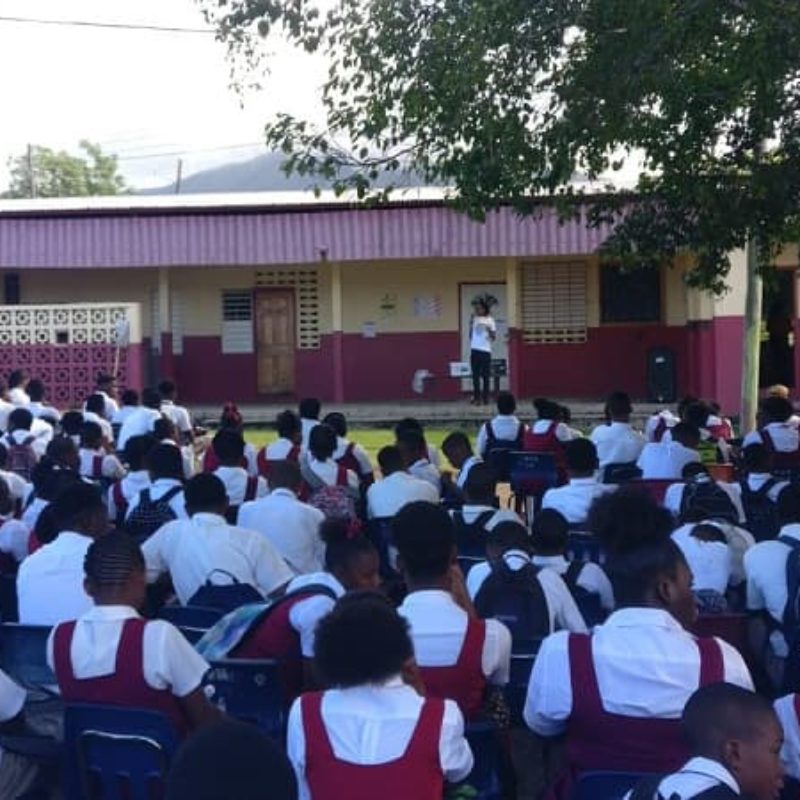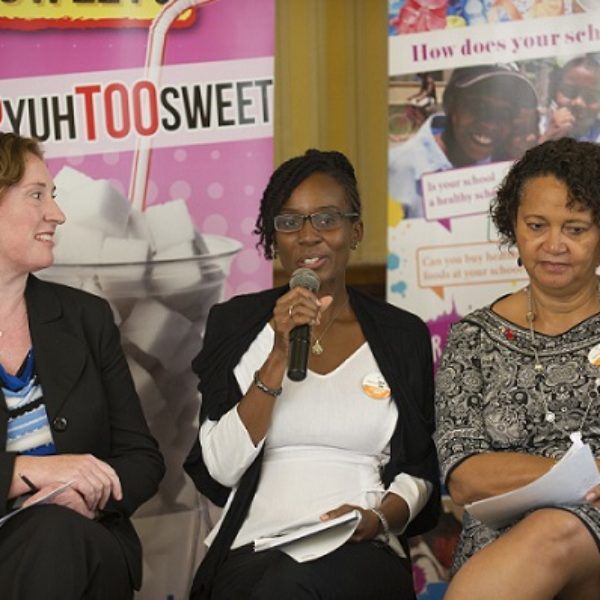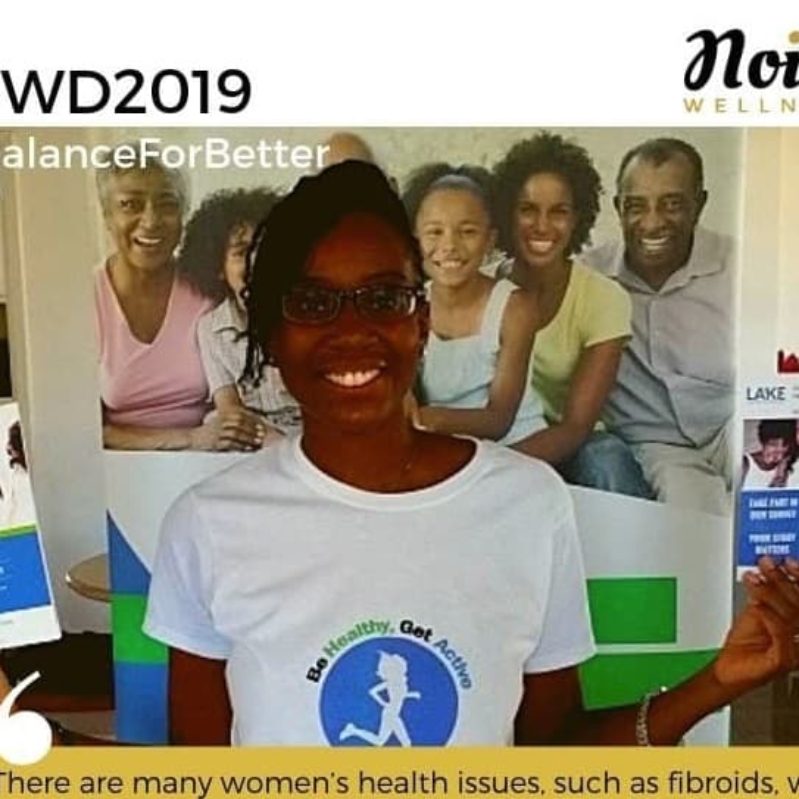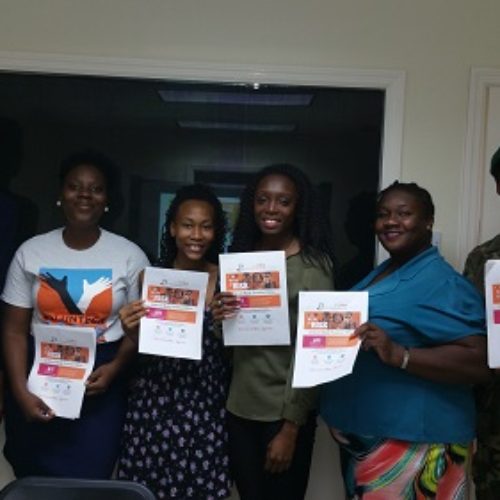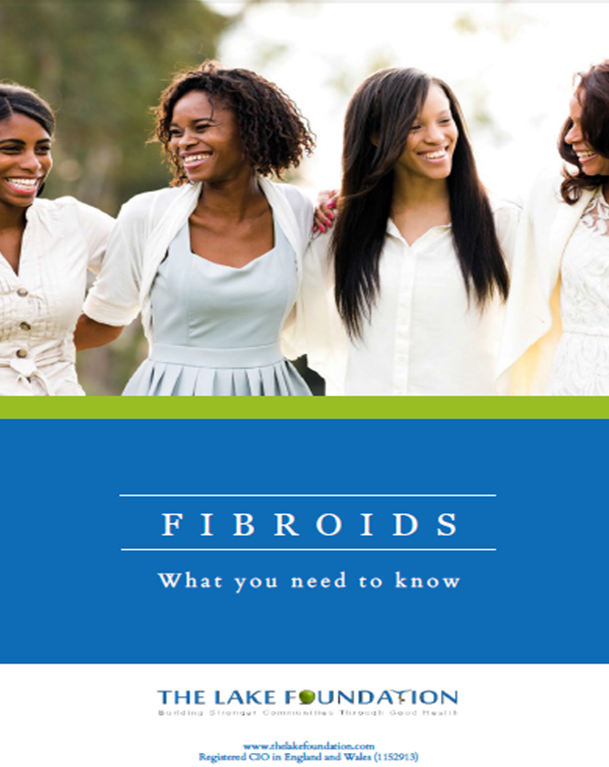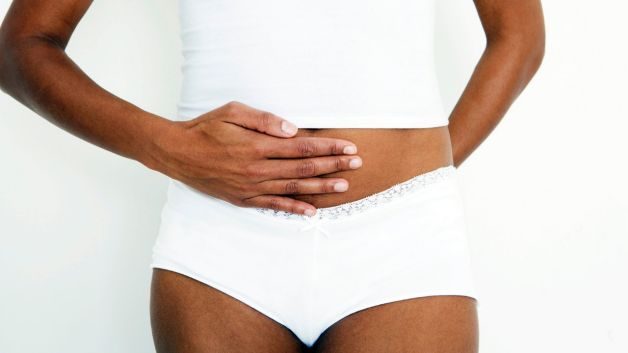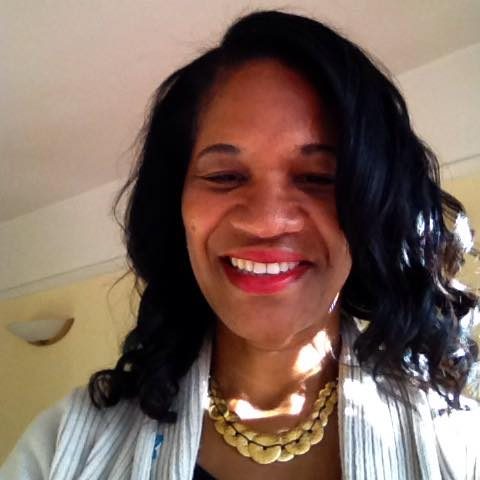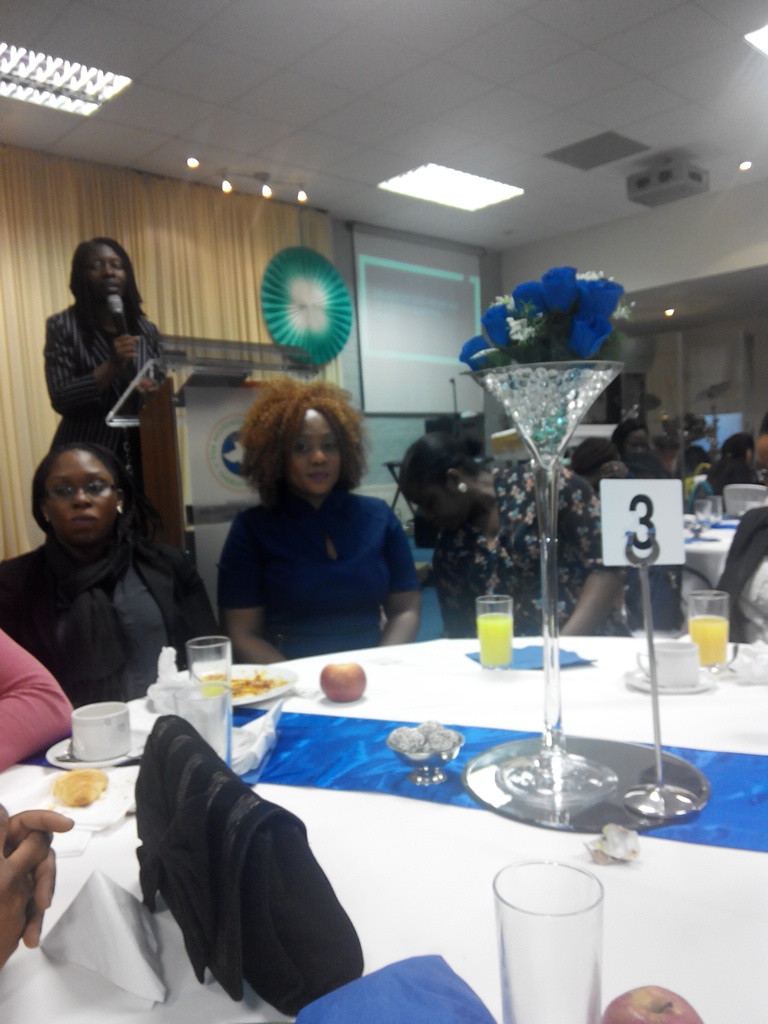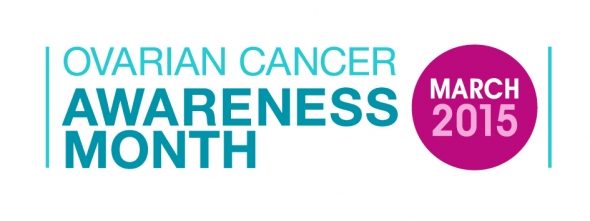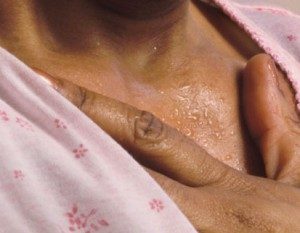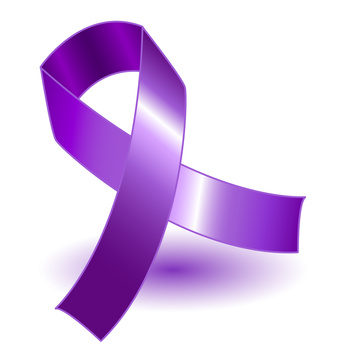What is Lupus?
Lupus is a chronic (it lasts a long time) disease where the body’s immune system doesn’t function properly and begins to attack healthy cells, tissues and organs.
There are four types of lupus. The most common type of lupus is systemic lupus erythematosus (SLE); it can affect many parts of the body such as the heart, kidney, brain and lungs. The second type of lupus is called discoid lupus erythematosus (DLE) and this affects the skin causing rashes and a change in the colour of the skin. Drug-induced lupus is caused by certain types of medication (for example hydralazine and procainamide which are used to treat heart conditions). It tends to be a mild form of lupus and goes away when the medication is stopped. Finally, neonatal lupus is a very rare type of lupus that affects newborn babies.
It is not contagious, the severity of the disease varies from person to person – it can be mild or severe – and today, patients rarely die from lupus as an improved understanding of the disease and advances in healthcare has meant that patients can successfully manage their condition.
What Are the Causes?
The exact cause is unknown but it is thought to occur due to a combination of genetic and environmental factors. There are certain triggers that cause someone’s immune system to become activated inappropriately and attack the body. These triggers include infections, drugs, sunlight and hormonal changes. These triggers as well as a genetic predisposition are thought to lead to lupus.
Researchers have found that there are a number of different genes that together dictate whether a person will develop lupus, what type of lupus they will develop and how severe it is.
What are the Symptoms?
Because lupus can affect a number of different organs and tissues, it can cause a variety of symptoms. The most common symptoms are:
- Joint pain
- Swelling of the joints
- Muscle pain
- Fever
- Rashes, mostly on the face
- Chest pain
- Hair loss
- Pale or purple fingers or toes
- Sensitivity to the sun
- Swelling in legs or around eyes
- Mouth ulcers
- Swollen glands
- Fatigue
Less common symptoms include anaemia, headaches, dizzy spells, depression, confusion and seizures.
The symptoms and the severity of symptoms vary between people. Some sufferers will have episodes where they experience symptoms followed by periods where they have no symptoms whilst others will have symptoms all the time.
Diagnosis and Treatment
Diagnosing lupus is very challenging because recognising the symptoms can be difficult. This is because the symptoms can seem quite vague, are similar to those of a number of other conditions and they may come and go; this makes it hard to pin down what may be causing the symptoms. Furthermore, there is no specific test for lupus and this all means that it can take years for a patient to receive a confirmed diagnosis.
To make a diagnosis doctors have to carry out several tests and they’ll also have to look at the person’s medical history. The American College of Rheumatology has developed the ‘Eleven Criteria of Lupus’ to help doctors diagnose lupus. A person must have four or more of these criteria for a diagnosis of lupus to be made.
Lupus is incurable so when it comes to its treatment patients are typically given medication to help manage their symptoms and are also given advice on lifestyle changes such as avoiding triggers.
Who is at Risk?
Lupus is a fairly rare disease and in the UK it affects just 5 in 10,000 people. It is more common in women with 90% of suffers being women and most of these women are aged between 15 and 44.
Black women and Hispanic women are at a higher risk of developing lupus as are people who have family members with lupus, have taken certain medications and have been affected by specific infections such as Epstein-Barr virus and cytomegalovirus (CMV).
This means that the key risk factors for lupus are:
1. Age
2. Gender
3. Ethnicity
4. Family history
5. Taking certain medications
6. Certain infections
Black Women
Black women are three to four times more likely to develop lupus than their white counterparts and results from the Lupus in Minorities study has shown that black women develop this condition at a younger age, experience more severe symptoms and overall develop more complications. When looking closely at these complications, black women with lupus tend to develop more neurological complications (such as seizures and strokes) and are more likely to develop lupus-related kidney disease.
Researchers are trying to understand why it is more common in black women and why it is more severe. It is thought to be due to a combination of genetic and environmental differences.
The Black Women’s Health Study identified four specific genetic differences that are associated with a higher risk and these were seen in black women with lupus.
As work continues in this area we can begin to gain a better understanding of why lupus is more common in black women and hopefully this will provide information that can help in the development of effective treatments.
For more information about lupus please visit Lupus UK’s website and if you are concerned about any symptoms you may have, visit your GP.


